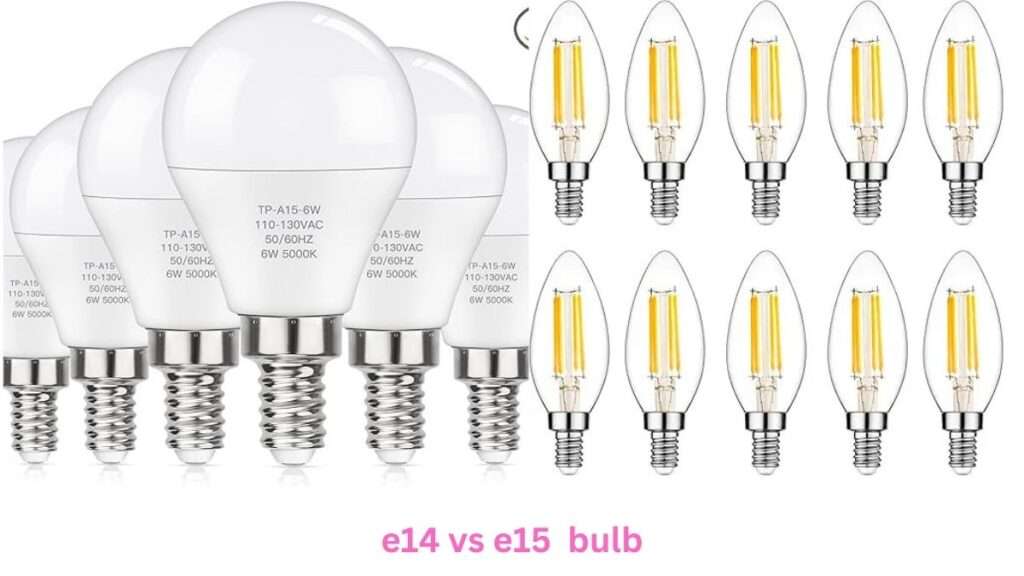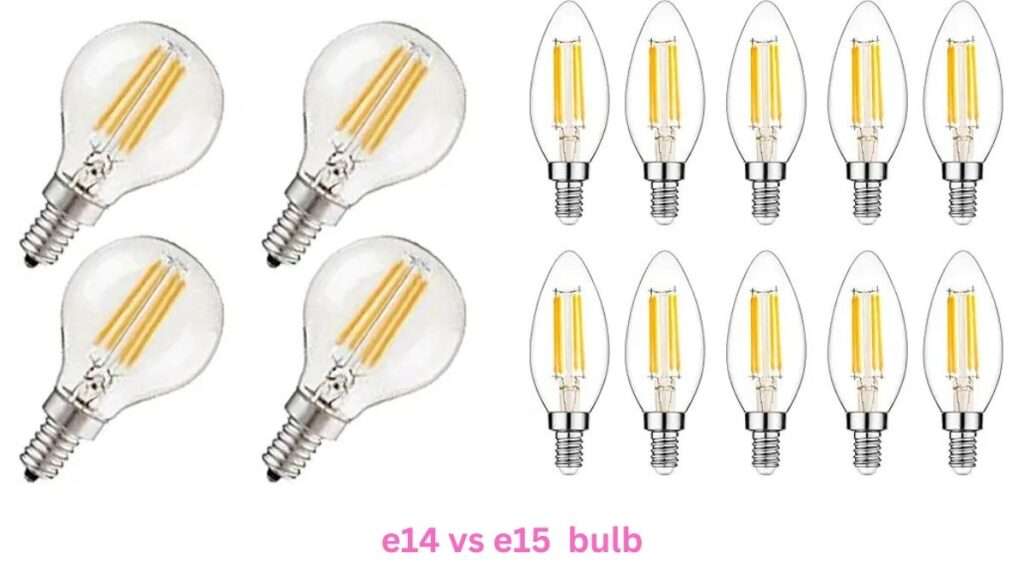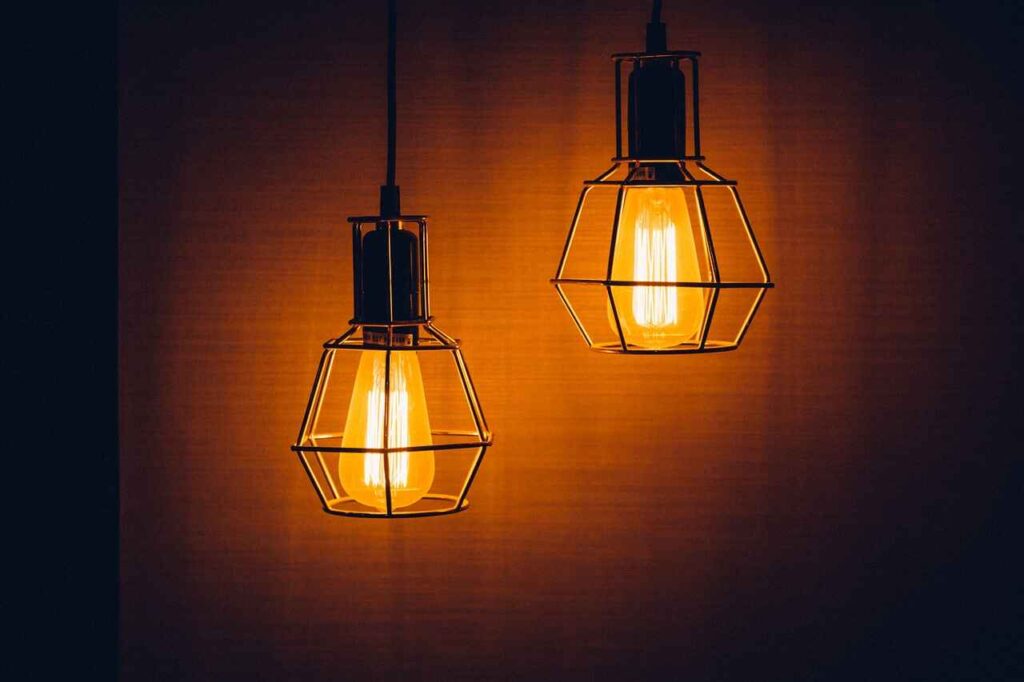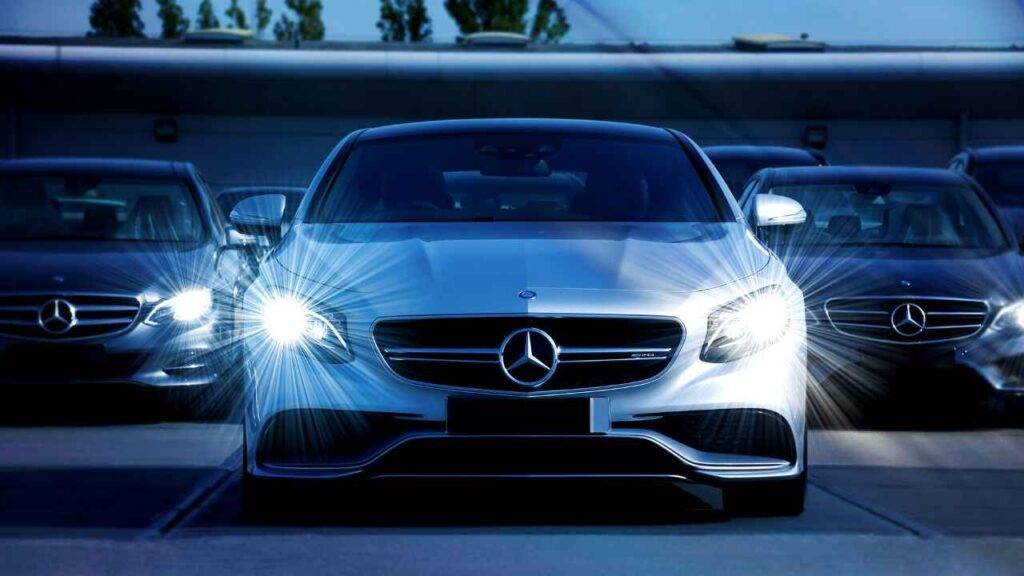Lighting can truly make or break a room’s ambiance, and choosing the right bulb is crucial! Did you know the average home has about 40 light bulbs? That’s a lot of light to manage, and with so many options available, it’s easy to get confused. Today, we’re shining a light on two popular contenders: the E14 and E15 bulbs. These little luminaries may seem similar at first glance, but they come with differences that could impact your lighting game. Let’s dive in and unravel the mystery of E14 vs. E15 bulbs – your perfect lighting solution might just be a socket away!
Understanding Bulb Base Types
The key to choosing between E14 vs E15 bulbs lies in their base types. The “E” stands for Edison, referring to the screw-type base, while the number represents the diameter of the base in millimeters.
- E14 Bulb: This is known as the “small Edison screw” (SES), with a base that measures 14 mm across. It’s widely used in European markets, often found in decorative fixtures like chandeliers and small table lamps.
- E15 Bulb: The E15 is slightly larger, with a 15 mm diameter base. It’s more commonly used in North America and typically found in appliances or specific commercial fixtures.
Both E14 vs E15 bulbs follow the same Edison screw principle, but choosing the right one is essential for compatibility with your fixture. They may look alike, but these differences matter.
Size Comparison: E14 vs E15
When it comes to the physical size, E14 and E15 bases are almost identical, but not quite the same.
E14 has a base diameter of 14 mm, while E15 is slightly larger at 15 mm. This 1 mm difference may seem small, but it makes a huge impact on whether the bulb will fit properly in your fixture. Even though they appear similar in size, using the wrong base can cause the bulb to be loose or too tight.
Visual Comparison: E14 bulbs tend to be more compact and often come in smaller wattage options, making them perfect for cozy fixtures like night lamps or decorative chandeliers. E15 bulbs, on the other hand, are usually found in specialized equipment, especially in North American appliances.
Common Applications for E14 Bulbs
E14 bulbs are popular in Europe and Asia, and they are commonly used in:
- Chandeliers: The smaller size makes E14 bulbs perfect for creating an elegant glow in decorative lighting fixtures.
- Table lamps: You’ll often find E14 bulbs in small desk lamps and nightstand lights.
- Household appliances: Some ovens, fridges, and microwaves in Europe are designed to use E14 bulbs, especially in their interior lighting.
Their small size and lower wattage options make E14 bulbs a go-to choice for residential settings, particularly in spaces where a softer, more ambient light is desired.
Where You’ll Find E15 Bulbs
Unlike E14, E15 bulbs are more prevalent in North American markets, where they’re used in:
- Appliances: E15 bulbs are common in household appliances like refrigerators, stoves, and other specialty equipment.
- Commercial applications: You’ll often see E15 bulbs used in specific industrial or commercial lighting situations, where slightly more robust lighting solutions are needed.
While not as commonly used in decorative fixtures, E15 bulbs shine in practical applications, providing strong and reliable lighting for equipment and appliances.
Energy Efficiency and Performance
Both E14 and E15 bulbs are available in traditional incandescent, CFL, and modern LED versions.
- LED Options: Both bases now have LED equivalents, which are far more energy-efficient than their incandescent counterparts. E14 LED bulbs are popular in chandeliers and decorative lighting, while E15 LEDs are often used in appliances and commercial fixtures.
- Energy-saving potential: LED versions of both E14 and E15 bulbs can significantly reduce your energy bills, thanks to their lower power consumption. With a longer lifespan, they also cut down on replacement costs, making them a smart investment for any home or business.
Compatibility and Interchangeability
One of the most common questions is whether E14 and E15 bulbs can be used interchangeably. The short answer is no. Due to the slight difference in base size (14 mm vs 15 mm), these bulbs are not directly compatible with each other.
- Potential Risks: Using the wrong bulb base type can damage your fixture or the bulb itself. An E15 bulb won’t fit properly in an E14 socket and vice versa.
However, adapter options do exist, allowing you to use an E14 bulb in an E15 socket (and occasionally the reverse). Keep in mind that these adapters may slightly alter the light’s performance or appearance.
Choosing Between E14 vs E15: Factors to Consider
If you’re torn between E14 and E15, here are some factors to help you decide:
- Regional availability: E14 bulbs are more common in Europe and Asia, while E15 bulbs are typically found in North America.
- Fixture requirements: Always check the fixture to ensure you’re using the correct bulb base.
- Lighting aesthetics: E14 bulbs often come in decorative, lower-wattage designs, while E15 bulbs tend to be more functional, used in appliances or industrial settings.
Your choice ultimately depends on your location, the fixture you’re working with, and the type of lighting you prefer.
Conclusion
Illuminating your space is all about making the right choices, and now you’re equipped with the bright ideas to distinguish between E14 vs E15 bulbs! Remember, it’s not just about the light – it’s about finding the perfect fit for your sockets and your style. Whether you’re team E14 or E15, the key is to ensure compatibility with your fixtures and to consider the long-term benefits of energy-efficient options.
So, go ahead, light up your life with confidence! And if you’re ever in doubt, don’t hesitate to reach out to a lighting expert. After all, when it comes to creating your perfect ambiance, every little detail counts. Now, go forth and illuminate your world – one perfectly chosen bulb at a time!
Related articles:


